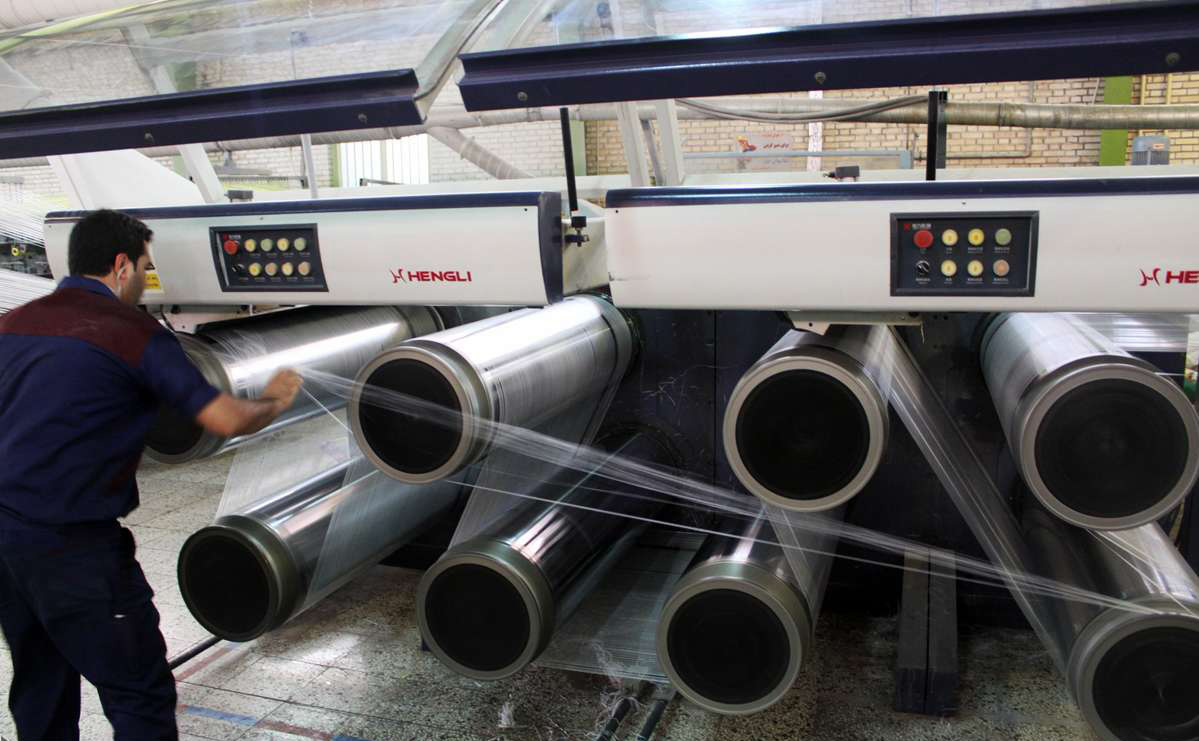Governor of the Central Bank of Iran Valiollah Seif has given a mandate to provincial governors, asking them to help CBI fight stagflation and provide small business debtors with bailout loans.
In a letter to local governors, Seif announced that CBI intends to ease some limitations imposed on manufacturers indebted to banks by helping them with further lending.
“It was decided that businesses having a reputable financial status and despite their potential for being profitable, which failed to meet their commitment to the banking system between 2010 and 2013, receive new loans under special circumstances,” the letter reads. “These businesses were blacklisted as debtors and hence barred from receiving any further loans in the past.”
According to central bank statistics, bad debts amount to 938 trillion rials ($32.8 billion at official exchange rate). The dangerously high amount of toxic loans–mostly incurred by state-owned banks–has called the solvency of some banks into question and eroded their ability to lend, threatening the stability of the banking system.
Cases With Priority
The directive states that manufacturing companies whose financial records indicate that during the last three years they have seen their profits plummet due to a drop in sales can receive loans if their misfortune was caused by uncontrollable market conditions and not their own mismanagement.
The report adds that these companies should not have a record of bad debt to any bank or credit institution two years prior to their latest loan.
Companies that have spent their loans for the very purpose they purported to serve are also eligible for receiving new loans ditto firms that have not cut their staff despite difficulties or if they have, new lending could make room for their return.
Firms that have defaulted on their debts because they had not been compensated for their services to state-affiliated organizations are also entitled to receiving bailout loans.
Last on the list are companies whose financial woes are rooted in circumstances outside their sphere of influence and related to macroeconomic conditions like sudden convulsions in foreign exchange rates. Manufacturing companies who are deemed capable of boosting non-oil exports also top the list for receiving emergency loans.
Provincial Remedies
The top monetary policymaker also announced the establishment of “provincial working groups” to remove obstacles in the way of manufacturing.
“Provincial bank managers are prepared to have maximum cooperation with working groups headed by local governors to address the manufacturing challenges,” he said.
Seif, however, pleaded with the working group to avoid issuing top-down rulings to banks in their meetings.
He considered constructive relations and seamless harmony between the banks and provincial working groups as important and warned that if this “rare and precious” resource is squandered and turned into toxic debts once again, provinces would lose the much-needed capital to finish their projects.
Hastening Recovery
Seif described the dilemma of stagflation as the most challenging task facing the Rouhani administration, saying that addressing an inflation rate that had reached 40% in October 2013 and a deep recession in an economy facing dire financial conditions had left the country with very few choices.
He said: “If we had taken drastic measures that were out of step with financial and monetary discipline it would have had adverse inflationary effects and little growth in manufacturing. We worked to pull out of recession robustly and by allocating resources in an efficient way.”
“The new monetary and credit policies are designed with a nod to both the operating manufacturing units and helping new ones to get up and running.”
As announced by Seif, lending in the previous year saw a whopping 44.5% surge, reaching 3.4 quadrillion rials ($117 billion at official rate) in March.
The growth in lending for the year before was 20.8%, and only 2.6% two years ago.


